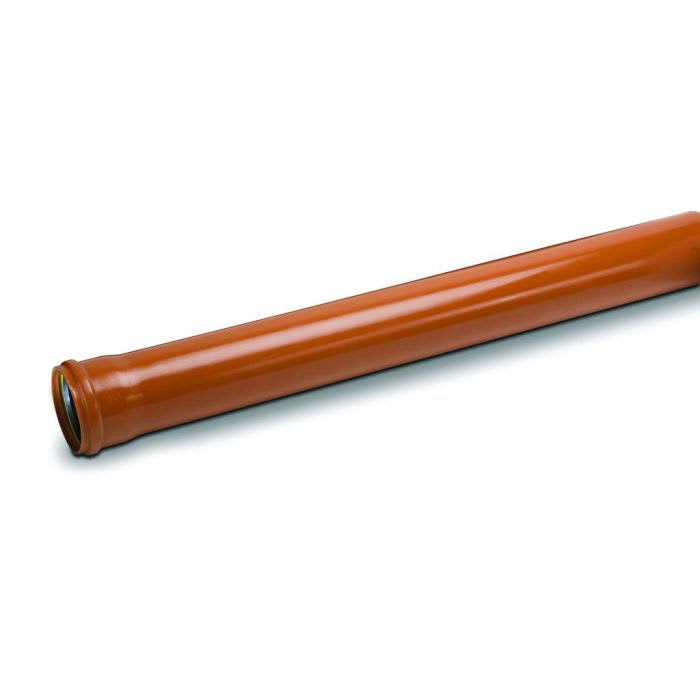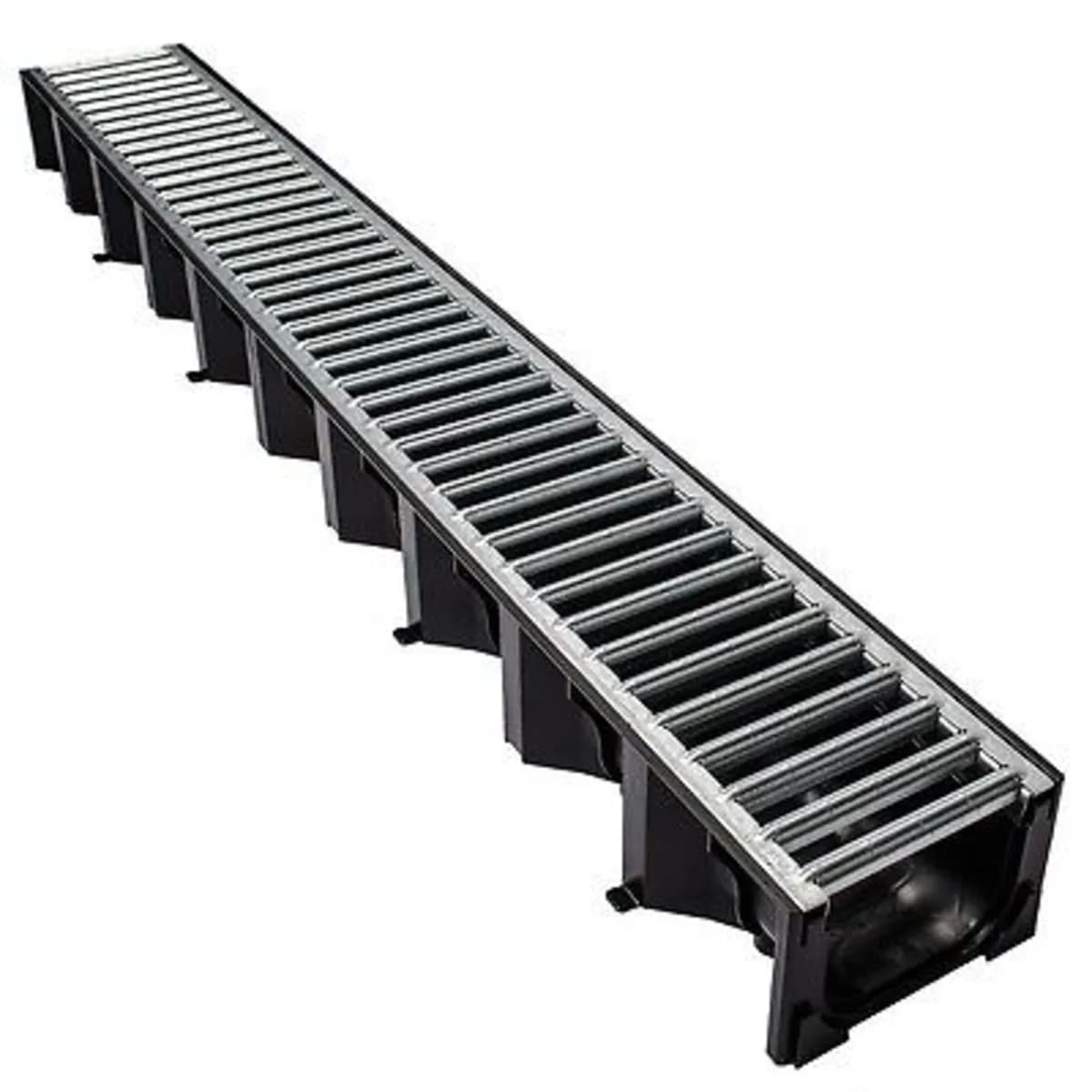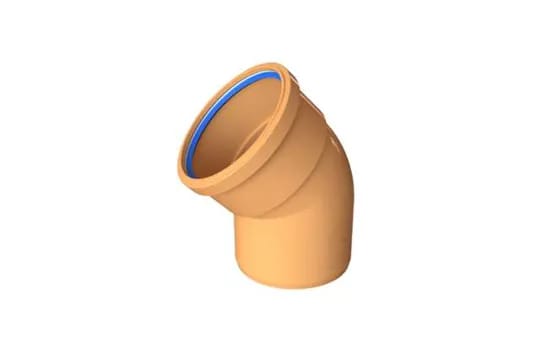Drainage
(100 Products)Drainage is a critical, unseen network responsible for managing and redirecting water away from your property. From rainwater on your patio to wastewater from your home, its primary role is to channel water safely, protecting the structure you live in.
What Is Drainage?
Drainage is the process of removing excess water, typically rainwater or wastewater, from an area to prevent flooding, erosion, or structural damage. It involves systems that collect, channel, and direct water away from buildings, roads, and land.
There are two main types of drainage:
- Surface Drainage: Removes water from the ground’s surface using slopes, gutters, and channels.
- Subsurface (Underground) Drainage: Uses buried pipes or systems to collect and move water below ground level, often from foundations, basements, or saturated soil.
The Importance of Drainage
Drainage that isn't managed effectively will inevitably lead to a cascade of serious and costly problems for a property. What may appear as a harmless puddle is often the first sign of unmanaged water, which is the root cause of many severe and expensive-to-fix problems.
Key signs of poor drainage include:
- Structural Damage: This is the most serious outcome. You can spot it by looking for cracks forming in foundations and interior walls, noticing that doors or windows suddenly begin to stick shut, or feeling that floors have become sloped. These are all indicators that trapped water is pushing against your foundation, causing the house to slowly shift or settle.
- Damp, Mould & Rot: Water ingress through walls and floors creates damp patches, promotes toxic mould growth, and can rot structural timber.
- Waterlogged Gardens: Soggy lawns, flooded patios, and dying plants are classic signs that surface water has nowhere to go.
- Leaking Basements & Cellars: A common and destructive issue caused directly by inadequate foundation drainage.
A well-installed drainage system stops these problems before they start.
Key Components of an Underground Drainage System
An effective drainage network is made up of several vital components working together. Understanding the role of each part is key to designing and installing a system that works.
Primary Channel: Underground Drainage Pipe
The underground pipe is the primary channel of any drainage system, acting as the main highway for transporting water safely away from your property.
Modern pipes are typically made from durable, corrosion-resistant PVC and come in standard sizes, with 110mm being the most common for residential applications.
Pipes can be solid for transporting water directly, or perforated for systems like French drains and soakaways where the goal is to disperse water back into the ground along a trench.
Changing Direction: Bends and Junctions
A drainage system rarely runs in a straight line. Degree Bend Double Sockets and junctions are essential fittings used to navigate corners, join pipe runs together, and bypass obstacles.
Using smooth, sweeping bends rather than sharp angles is crucial for ensuring an efficient, non-blocking flow of water. These fittings are available in various angles to provide the flexibility needed for a professional installation.
Collecting Surface Water: Bottle Gullies & Catch Basins
Areas like driveways, patios, and paved walkways are prone to surface water accumulation. Bottle Gullies and Catch Basins are installed at ground level to collect this runoff and feed it into the main underground system.
- A Bottle Gully features a water trap within its chamber that cleverly prevents odours and gases from the underground pipes from escaping. Its top grid filters out leaves, stones, and other debris.
- A Catch Basin (or sump basin) acts as a collection point for both water and silt, helping to prevent the main pipework from clogging during heavy rainfall.
Channel Drainage
Channel Drainage, also known as linear or trench drainage, is a surface water management system designed to effectively clear water from large, flat areas. You will typically see it installed across driveways, patios, pedestrianised areas, and in front of garage thresholds.
The system consists of a long, linear channel set into the ground, covered by a grate. This design allows it to intercept and collect rainwater along its entire length, directing it into the main underground drainage network.
Inspection Chambers
An Inspection Chamber is an essential access point within an underground drainage system. It serves as a sealed, subsurface junction box that allows for the maintenance, testing, and clearing of pipework without the need for extensive excavation.
Typically installed where branch pipes connect, at a significant change in direction, or along long straight runs, these chambers are vital for the long-term health of any drainage network. Their modular design allows them to be built up to the required depth, and they are capped with a manhole cover that provides secure access from the surface.
Frequently Asked Drainage Questions
What Is Underground Drainage?
Underground drainage refers to a system that effectively removes excess rainwater from the surrounding areas of a building to prevent soil erosion and flooding. Additionally, this is a reliable drain method to transport wastewater from a building to a sewage treatment facility.
What Are Some Common Types of Drainage Systems?
Common types of drainage systems include French drains, where a perforated pipe is surrounded by gravel to facilitate water absorption, and surface drainage systems that utilise trench drains or permeable pavers to direct water runoff away from the building.
Additionally, underground pipes are used to transport water away from the building's foundation.
How Can Drainage Systems Be Integrated Into Building Design?
Drainage systems can be integrated into building design through careful planning and consideration.
Architects and engineers work together to determine the optimal placement of drainage components, such as catch basins, underground pipes, and drainage outlets.
This integration ensures that water is effectively managed while minimising any visual impact on the building's aesthetics.
What's The Difference Between a French Drain And a Channel Drain?
A channel drain (or trench drain) is a surface-level solution, typically a long channel with a grate on top, used to quickly clear water from hard surfaces like driveways and patios.
A French drain is a sub-surface solution; it's a gravel-filled trench containing a perforated pipe that collects groundwater and directs it away, ideal for solving issues like soggy lawns.
What Are The Components of a Roof Drainage System?
A roof drainage system typically consists of several components. These include gutters, downspouts (also known as downpipes or leaders), and related accessories such as gutter brackets, hangers, and outlets.
The gutters collect rainwater as it flows off the roof, while the downspouts transport the water down to the ground or a designated drainage area.
























